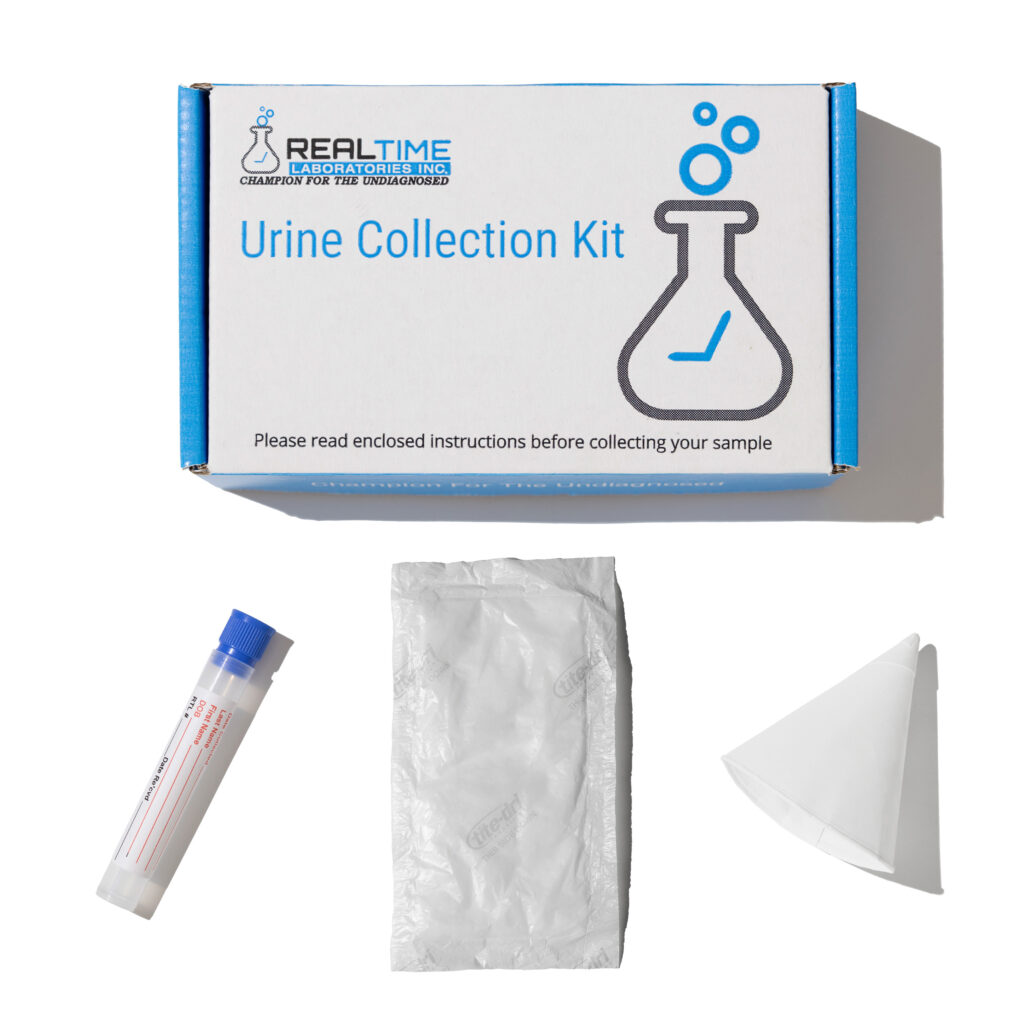The Function of Mycotoxin Screening Solutions in Ensuring Safe Indoor Air Quality
In the pursuit for keeping optimum indoor air high quality, mycotoxin screening solutions have arised as a crucial component, using security against the dangerous dangers posed by mold-produced contaminants. By utilizing sophisticated methodologies such as fluid chromatography-mass spectrometry (LC-MS) and enzyme-linked immunosorbent assay (ELISA), these services give exact insights into the visibility and concentration of mycotoxins in interior atmospheres. However, recognizing the full extent of their effect on wellness and the functional benefits of routine testing welcomes a deeper exploration right into how these services can shape indoor atmospheres for the better.
Understanding Mycotoxins and Mold And Mildew

Reliable monitoring of mold and mycotoxins calls for an extensive understanding of their biology, ecological conditions for their growth, and the courses through which they might share within interior rooms. Mycotoxin testing Services. Various types of mold and mildew create varying sorts of mycotoxins, each with unique properties and ramifications for air top quality. Identifying these species is vital for developing proper remediation techniques
Additionally, the usage of innovative screening and logical methods is vital in accurately discovering the existence and focus of mycotoxins in indoor environments. This involves examining and collecting air samples and surface swabs, which allows for the development of targeted intervention plans to reduce mold and mildew spreading and ensure a healthy and secure interior ambience.
Wellness Risks of Mycotoxins
Understanding the biology and environmental impacts of mycotoxins leads straight to concerns concerning the health and wellness risks they position. Mycotoxins are poisonous additional metabolites created by particular mold and mildews, such as Aspergillus, Penicillium, and Fusarium species, which can proliferate in indoor environments under desirable problems. These toxins, when existing in indoor air, can position significant health and wellness dangers upon breathing or dermal get in touch with, particularly to delicate populations such as children, the elderly, and people with compromised body immune systems.
Direct exposure to mycotoxins may result in a range of chronic and intense wellness results. Mycotoxins such as aflatoxins and ochratoxins have been classified as carcinogenic, including to the worries surrounding their presence in indoor environments.
The variability in specific sensitivity and the diverse toxicological profiles of different mycotoxins highlight the importance of recognizing their wellness implications. Thorough danger assessments and attentive surveillance of interior air quality are essential to mitigate these health risks and protect at risk populaces from the possible dangers presented by mycotoxins.
Exactly How Mycotoxin Testing Functions

Furthermore, enzyme-linked immunosorbent assays (ELISA) are often utilized as a result of their efficiency in giving quick, trusted results. ELISA tests are specifically skilled at evaluating for certain mycotoxins, making them vital in settings where time is essential. The intricacy of mycotoxin blends typically demands using numerous screening techniques to achieve precise discovery and metrology.
Quality assurance is extremely important in mycotoxin screening, necessitating rigorous calibration and recognition of logical tools and treatments. Laboratories must follow stringent procedures to make certain information accuracy and reliability. This extensive approach to screening plays an essential duty in identifying mycotoxin existence and promoting succeeding reduction approaches, adding to much safer indoor air quality.
Benefits of Routine Examining
Routine mycotoxin testing uses considerable benefits for keeping healthy indoor air quality. By proactively determining and Recommended Site addressing the presence of these hazardous substances, regular testing makes sure that environments continue to be secure for owners, lowering the danger of exposure-related wellness problems. Mycotoxins, created by particular molds, can exacerbate respiratory conditions, trigger allergic reactions, and contribute to various other damaging health and wellness effects. Hence, routine testing plays an essential duty in protecting against such conditions and advertising total wellness.
One of the key benefits of normal mycotoxin screening is the very early discovery of potential contamination. This permits residential property owners and structure managers to apply prompt remediation actions, successfully reducing the spread of mold and the associated contaminants. Very early intervention not just secures the health of owners yet also decreases the capacity for pricey structural damages and subsequent repairs.
Additionally, regular testing cultivates a positive approach to indoor air high quality administration. Maintaining a regular timetable of mycotoxin assessments encourages a culture of caution and responsibility, guaranteeing that any emerging problems are promptly attended to. This proactive stance not just safeguards the health of those within the building but likewise improves the reputation of building owners by showing a dedication to maintaining healthy and balanced and safe atmospheres.
Picking a Testing Service
Picking an appropriate mycotoxin testing service is a crucial action in making certain trustworthy and accurate indoor air high quality evaluations. The selection of solution provider can considerably affect the discovery and monitoring of mycotoxins, which are unsafe by-products of mold and mildew development. To make an educated choice, it is important to think about a number of aspects that add to the efficiency and integrity of the screening solution.
To start with, evaluate the certification and qualification of the provider. Mycotoxin testing Services. Approved research laboratories abide next by stringent quality standards, making certain accurate screening and reporting. Furthermore, evaluate the variety of screening approaches used, as innovative methods such as high-performance liquid chromatography (HPLC) or mass spectrometry can provide more comprehensive analyses
Experience and know-how in the area are likewise critical. Companies with a proven record in mycotoxin screening are likely to offer more reliable outcomes and workable suggestions. Moreover, consider customer testimonials and reviews to gauge the solution top quality and customer fulfillment.
Final Thought


In conclusion, mycotoxin testing services are indispensable to maintaining safe interior air top quality by detecting and determining unsafe substances produced by mold. By boosting look at this site recognition and proactive management, mycotoxin testing adds dramatically to the well-being of building residents.
In the mission for preserving optimum interior air top quality, mycotoxin testing services have emerged as a vital element, supplying defense versus the insidious threats positioned by mold-produced toxic substances.Discovering and measuring mycotoxins in interior settings pivots on accurate screening approaches.Routine mycotoxin testing provides considerable advantages for maintaining healthy indoor air quality.Selecting an appropriate mycotoxin screening solution is a critical action in making certain reliable and exact interior air high quality evaluations.In conclusion, mycotoxin screening solutions are important to preserving risk-free interior air high quality by identifying and gauging hazardous substances created by mold and mildew.